TANAP is a big national park with lots of plants. Flora is therefore very diverse and it differs from vegetation zones and levels, there are submotane, mountainous, subalpine, alpine and literally arctic zones.
Some species are more valuable than others, but all are highly protected. It is prohibited to pick a flower in the park. Several species are protected more because they are endemic which means they do not grow in any other place in the world.
Moreover, some species are glacial relic ones as they have survived from ice ages and lived for several millions years. However, all of them are very beautiful and worth to know more about.
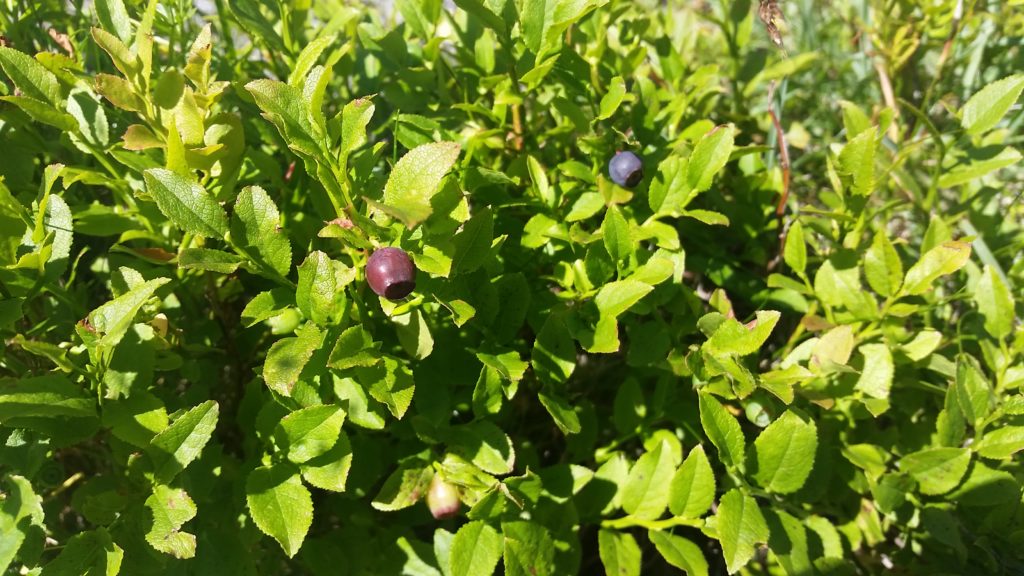
A small bush with blueberries with height of 15-60 cm and it is in bloom from April till June and its flowers have white or slightly pink colour. Fruits have the size of peas of dark blue-purplish almost black colour.
They are sweet and colourful. Although you can eat them, you should leave them for animals, it is great food supplements for bears and others. Except Europe, you can find it in mountains as Caucasus, in Siberia, Mongolia and North America.
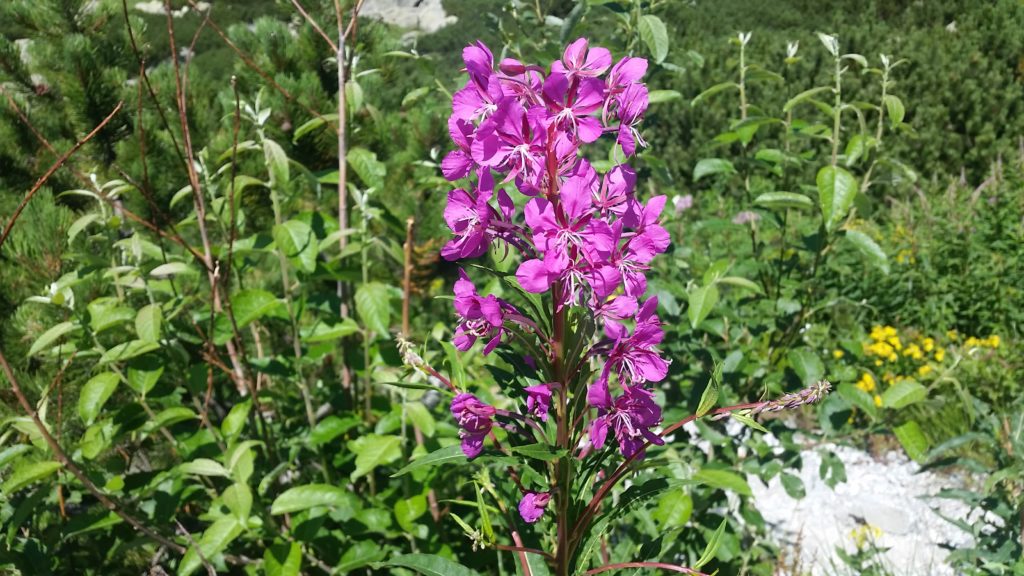
A perennial plant, its height is from 50 to 200 cm. After strong windstorms, when lots of trees fell down, this plant spread out on area of whole High Tatras. Thanks to that, Tatras look pink. Flowers have fresh pink-purplish colour.
There are four petals in one flower, it is in bloom from June till September. Very narrow leaves have 1-2cm and lenght 5-20 cm and are dark-green. Fruit is a capsule 4-8 cm long with many seeds.
The plant grows widespread in Europe, North America, Asia and Siberia in altitudes up to app. 1.500 metres above sea level.
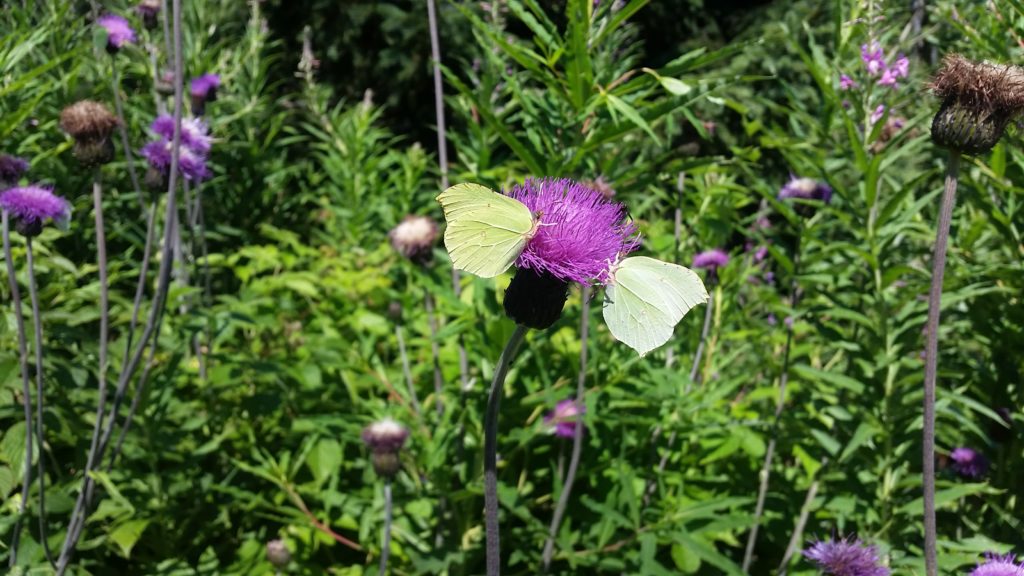
These species grows in central Europe in Carpathians and eastern Alps, it likes humid rocky terrain of mountainous and alpine level and it is in bloom from June till September. As its name says, colour of its stalk and leaves is green-greyish.
Stalk is mainly straight, has no branches and is up to 60 cm long. Rather big leaves grown mainly in the lower part of the stalk. Leaves may have various shapes from egg, palm and heart up to spears. Thistle is not very friendly.
Plant has spiky leaves. Compound flowers are organized in anthodia of pink, purple, red or rarely white colour, are spiky and can catch you and insects easily.
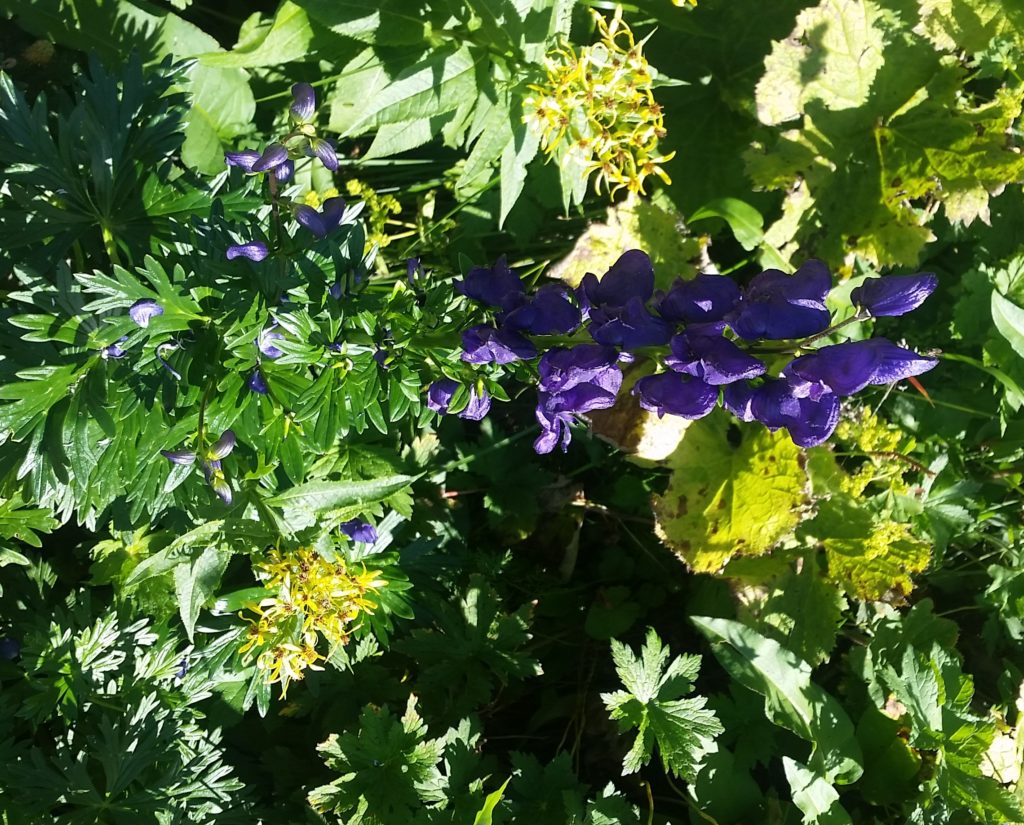
Aconitum is an endemic plant for Carpathians and grows mainly in Western Tatras, it likes humid soils near streams in mountainous level. Just like all other plants, it is a perennial plant that grows up to 150 cm. Its stalk is strong, quite straight, hairy in the top a bit.
You can see that leaves has palm shape. Compound flowers are organized into a cluster of dark blue-purplish colour. Individual flowers measures up to 3.5 cm and are also a bit hairy. Its name is after a helmet as the individual flower looks like one.
It´s in bloom from July till August. Beware, poisonous.
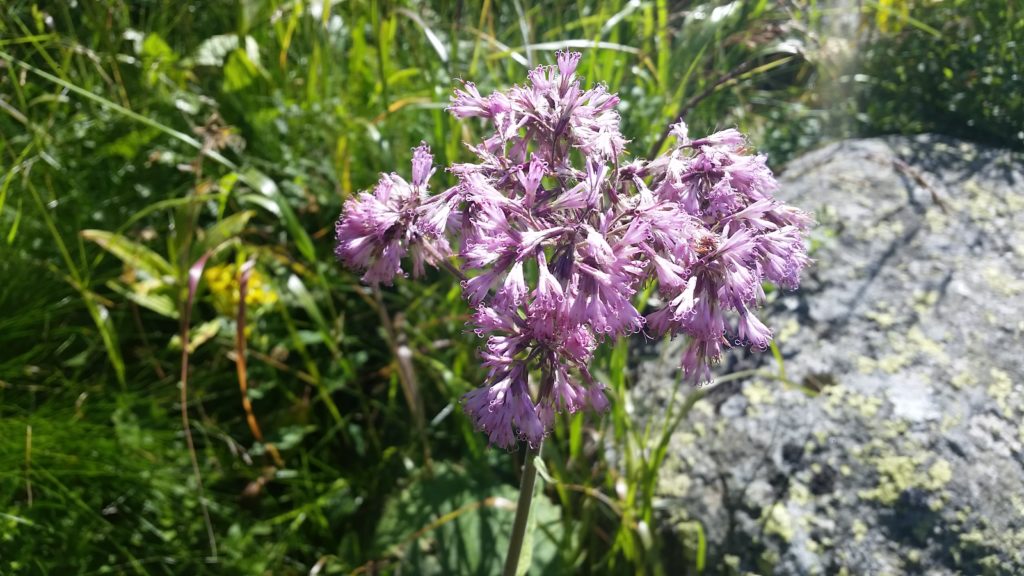
This plant is characteristic for submontane and mountainous terrain with altitude up to 1.700 metres above sea level, flower has got rather strong thick and tall stalk – up to 150 cm, leaves have heart shape and size up to 40 cm.
Bottom side is lighter, it has got compound flowers organized in big anthodia with 20 cm length. Individual flower has red-purplish colour, sometimes can be white and it is in bloom from July till August. Considered to be valuable and hence is protected.
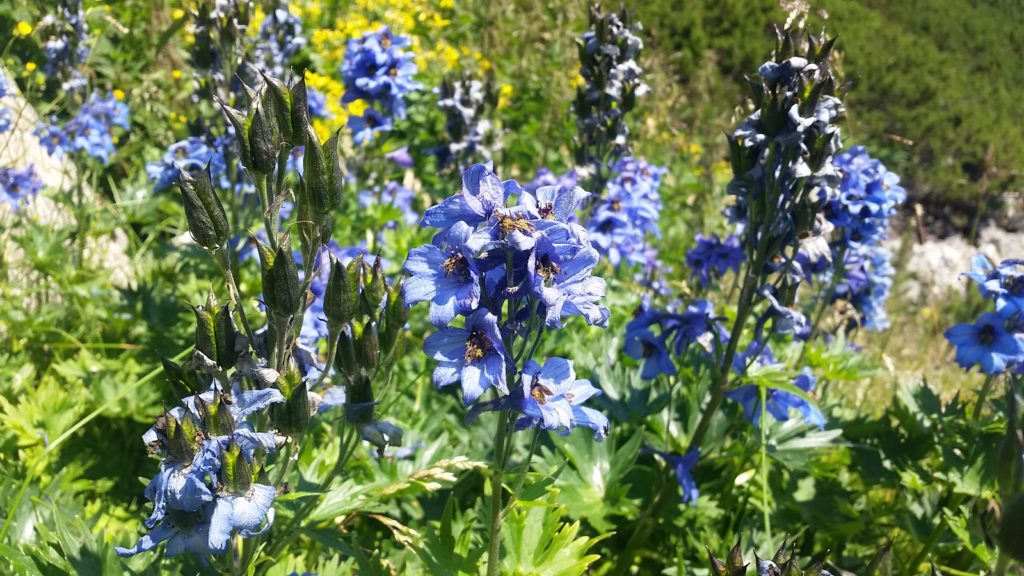
Delphinium is endemic plant in Western Carpathians. Slovakia is the only country where you can see this unique plant and it likes to live in higher altitude in subalpine and alpine levels of mountainous meadows, it is tall up to 60 cm and hairy in the stalk tops.
Delphinium has quite big leaves, palm shaped and divided. People can see mixed colour of blue and purple and shape of a crown, chalice, they grow thickly on the top of the stalk, are hairy and are 2-4 cm long. From the profile, they look like small trumpets.
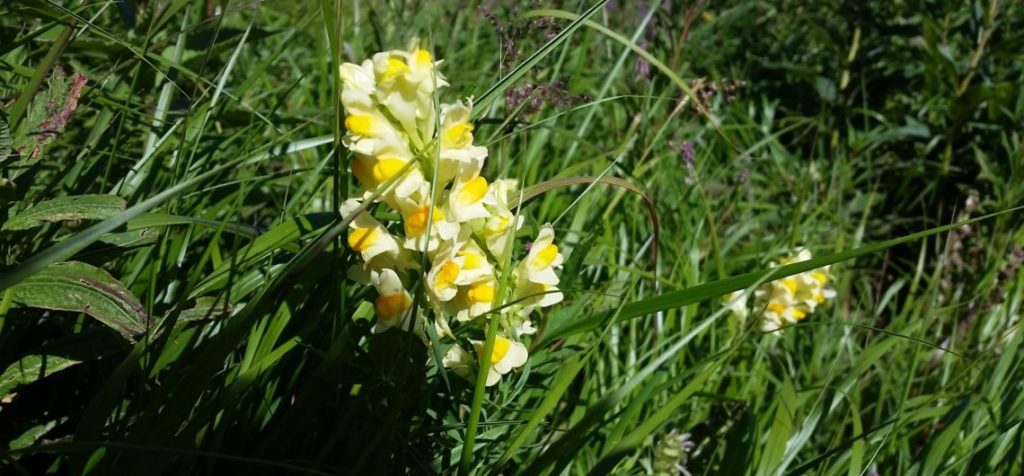
Toadflax is a perennial plant, it can grow up to 60 cm, general height is 30 cm and its leaves are narrow and up to 6 cm long. Compound flowers are created from cluster of yellow flowers with orange bumps and lovely smell.
People call it this way because flowers look like a lip, fruits are in a form of a capsule with many seeds and it is in bloom from June till September. Highly spread throughout Europe, North America, Argentina, South Africa and New Zealand.
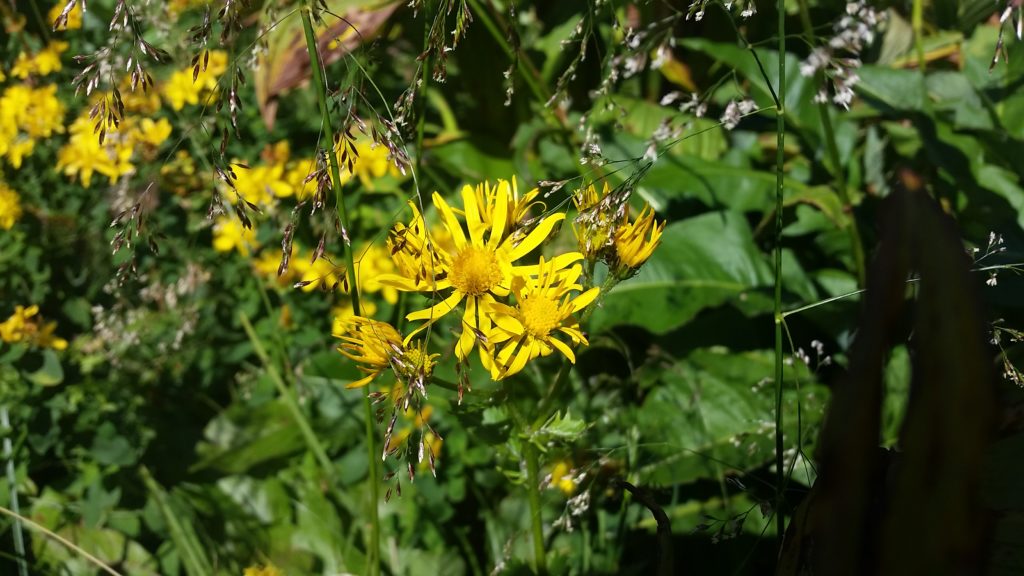
Doronicum is quite tall and strong, it can grow up to 150 cm. Usually it has two or three branches. Stalks are thin but strong, leaves are heart or palm shaped and flowers are freshly yellow and during blooming period they tend to shrink on the sides.
Kamzičník likes forests and meadows nearby streams in submontane and mountainous levels, it is in bloom from June till August and it is called in Slovak after chamois as Alpine hunters of chamois ate it to prevent themselves from being dizzy.
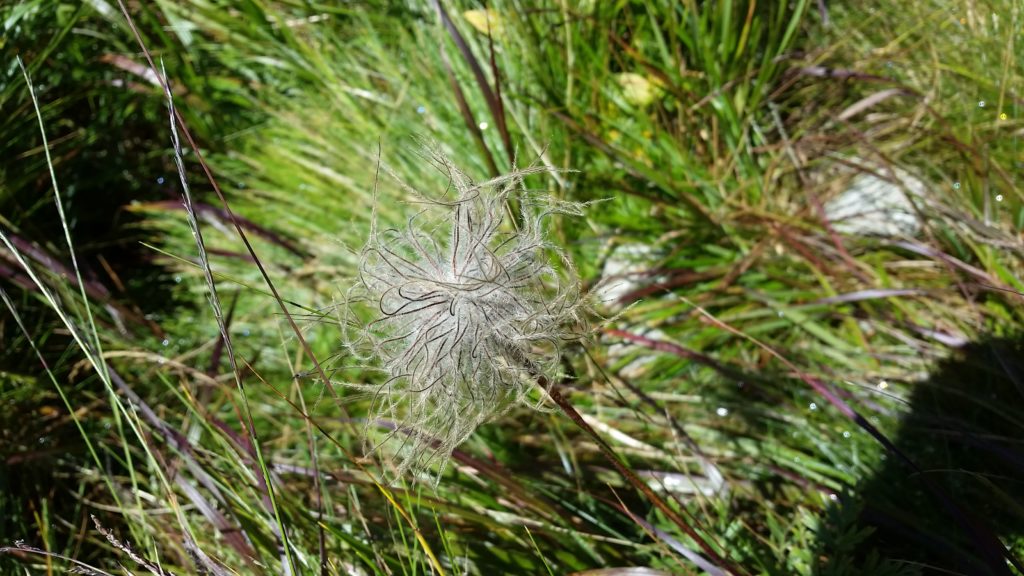
Pulsatilla is a west-Carpathian endemic plant and highly protected one, it grows in centre and eastern Slovakia and area of High Tatras continuing to Poland and it likes rocky, mainly limestone bedrocks and sunny places.
However, higher altitudes up to 1.750 metres above sea level are its favourites. In bloom it is from March till May and therefore this photo shows the plant overblown, however, its flowers have pink-purplish bell and bowl shaped flowers with six petals and yellow centre.
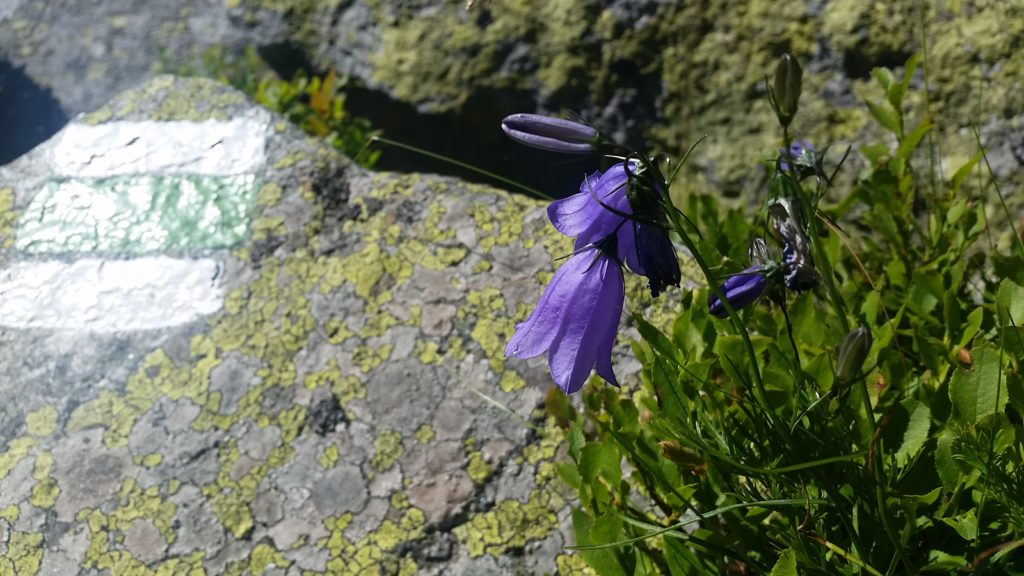
Campanula likes rocky terrain and hence grows in Alps, Pyrenees, Apennines and Carpathians, it can be found up to 2.200 metres above sea level in High Tatras and its height is app. 15 cm.
Leaves grow in rosette and have egg, heart-shape, plants have light blue, purple colour and grow either individually or in small clusters. Zvončeky look like 2 cm long crowns, like bells – that is why they are called that way, it is in bloom from June till September and fruit is a cone-shaped capsule.
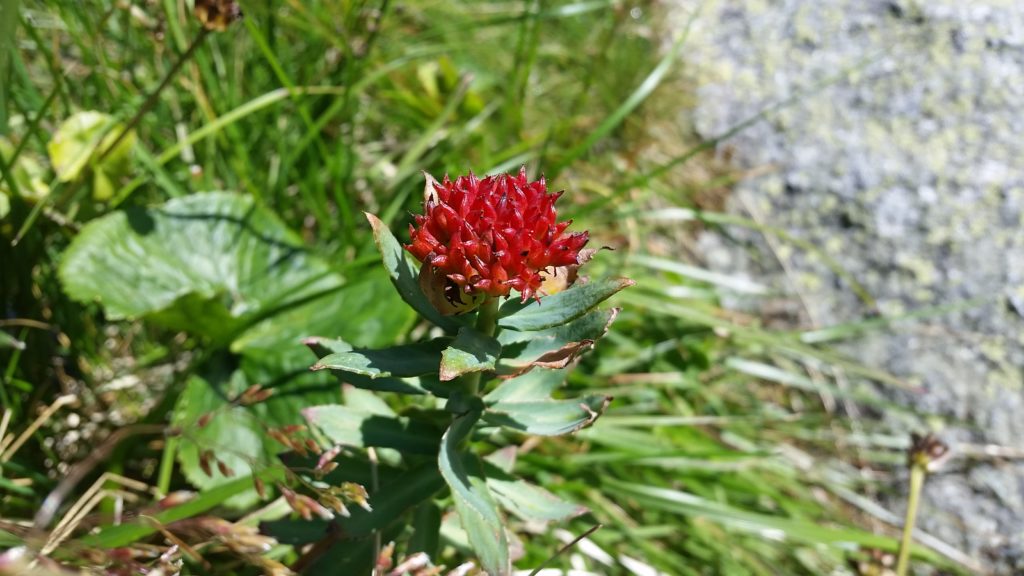
Rhodiola has up to 30 cm tall stalks, they have no branches and are highly leaved and leaves are quite thick and pointed. In full bloom flowers are yellow with red endings and bottoms. On our photo, the flower is not blooming yet.
Grows in arctic and subarctic areas in northern Europe, Asia – Mongolia, Russia, China, Korea and North America, it likes rocky terrain of mountainous and subalpine level and in High Tatras, it is highly protected.
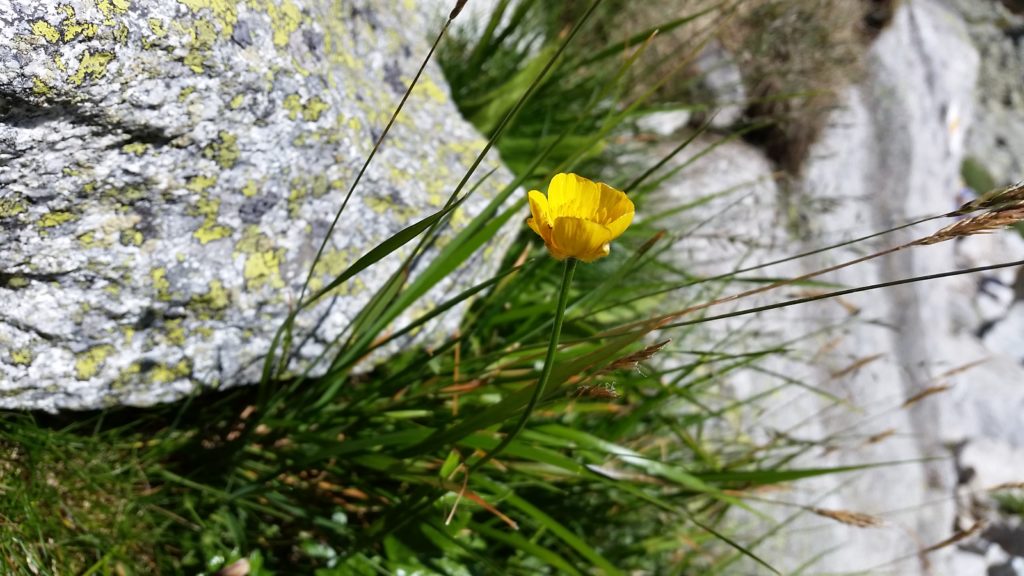
There are so many types of buttercups in High Tatras. Majority of them have five yellow petals, they differ in small elements. Little one on picture belongs among Tatra endemic ones and hence is much protected.
Grows in higher altitudes, around 2.300 metres above sea level. That is why it was given its name, flower grows on app 5-10 cm long stalks.
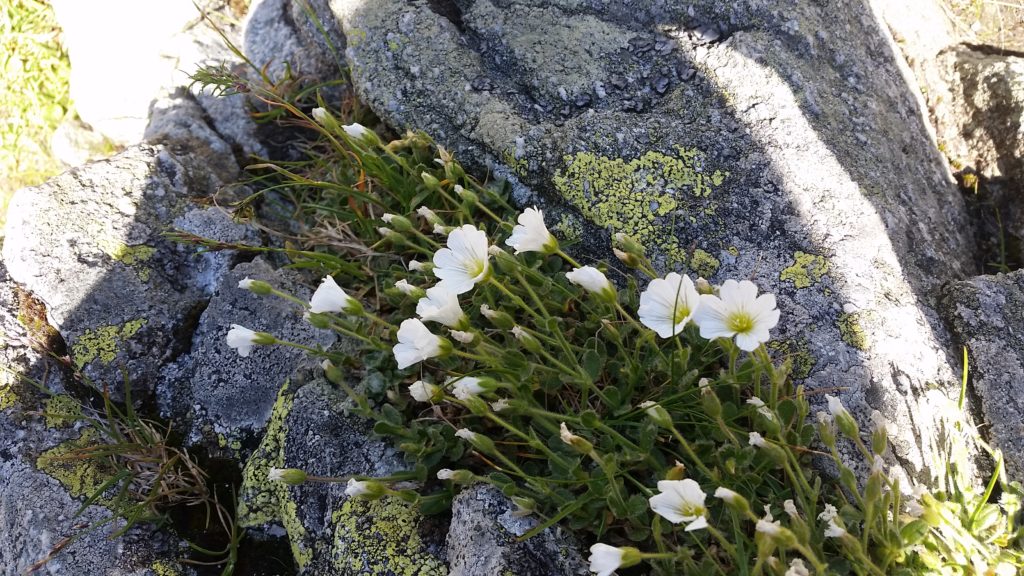
Dryadka was given its name due to eight petals of white colour, they grow on 3-10 cm long stalk. Dryadka´s leaves are smooth on one side and hairy on the bottom side, it grows in mountainous areas with limestone bedrock with altitude around 2.300 metres above sea level.
Found in whole arctic area also in Scandinavia, Island and Alaska, in High Tatras it is strictly protected as it is a glacial relic.
If you like our post you can share it with your friends. Thank you.